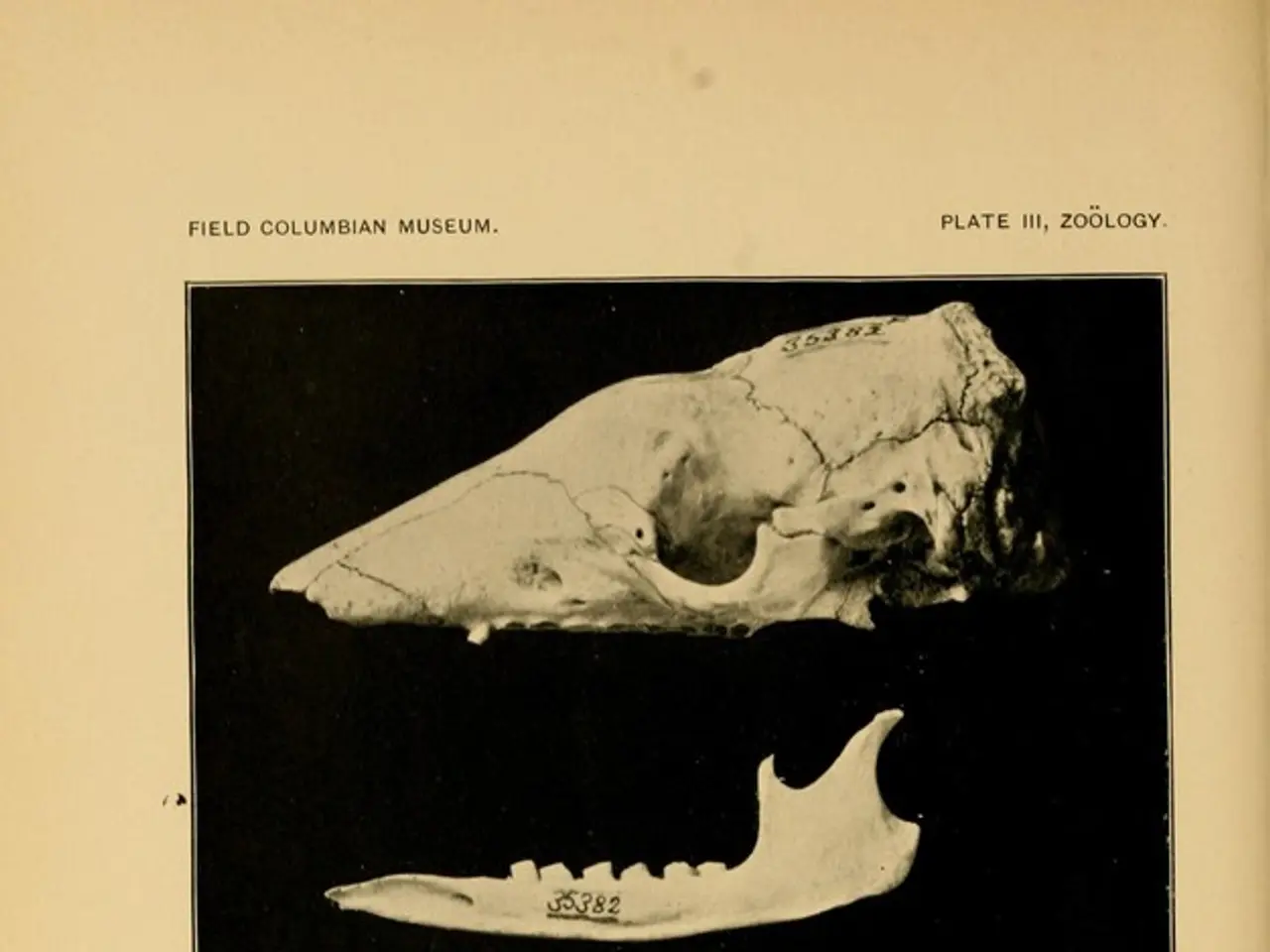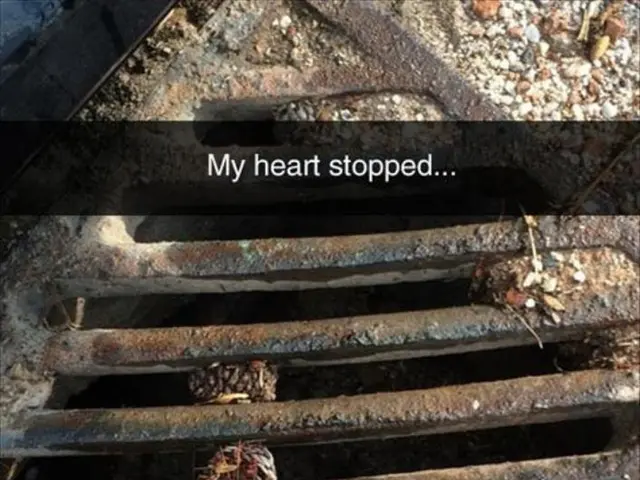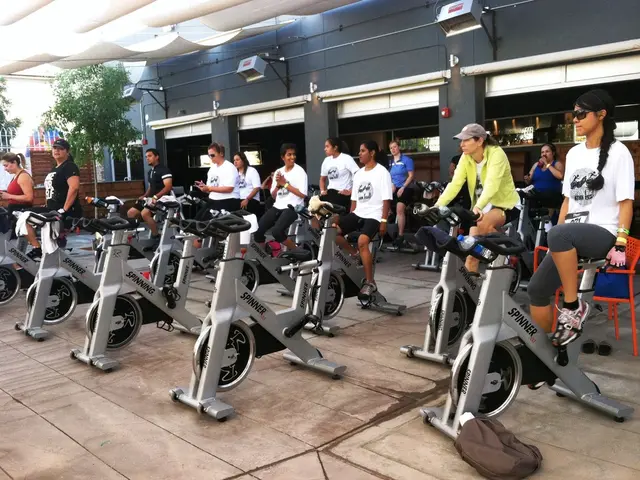Athletes Face Navicular Fracture Risk: Causes and Treatment
Athletes, particularly runners, are at risk of navicular fractures, a common foot injury. The navicular, a boat-shaped bone in the foot's inner top, connects the talus to the cuneiform bones. It's supplied by the dorsalis pedis and medial plantar arteries, and innervated by the medial plantar and deep fibular nerves.
Navicular fractures often occur due to kicking, sprinting, twisting, or falling, causing pain, limping, and gait changes. These injuries are common among athletes during increased training or inadequate recovery, as repeated stress and overuse are key factors. Treatment involves a non-weight bearing cast for stability or surgery with screw placement followed by casting. However, pain may diminish but return when the foot is manipulated, requiring regular manual checks by a doctor.
Navicular fractures, though common among athletes, can be effectively managed. Understanding the causes and proper treatment is crucial for a full recovery and prevention of future injuries.
Read also:
- FDA's Generic Mifepristone Approval Sparks Pro-Life Concerns Over Safety and States' Rights
- Understanding Child Development: Causes and Signs of Delays
- Pope Francis' New Book 'Let Us Dream' Offers Unity and Hope for Post-Covid World
- Stephanie Estremera Gonzalez: From Medical Assistant to Residential Manager at The Point/Arc








